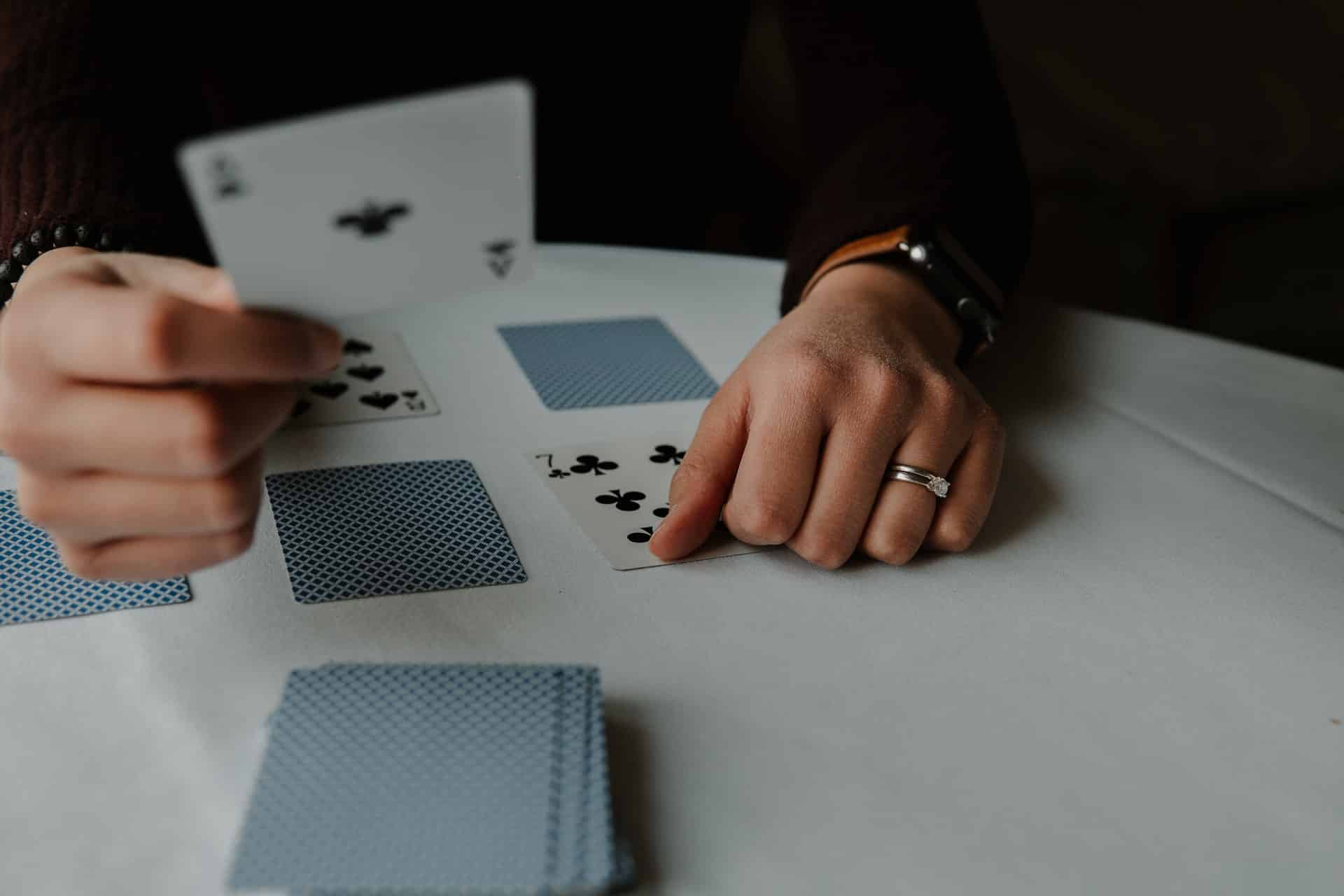The standard 52-deck of playing cards makes up the basis for many classic games. From Blackjack, and Solitaire to magic tricks, the cards have been used for entertainment throughout history. But where did they come from?
Join us as we travel back in time, from ancient history when painted cards made a rare possession only the rich and the royals could get their hands on, to the modern-day, where anyone can enjoy casino games at Sky Vegas, and virtual cards and an array of games are available right at your fingertips.
Read on to find out more.
The first playing cards
The very first playing cards date back to Europe in the 1370s and were likely uncovered in Italy or Spain. It’s believed that these cards were imported from Islamic merchants in Egypt and were hand-painted, much like many of the European cards that followed. The individuality of the cards made them luxury goods for the rich and royalty before they spread along the inland European trade routes during the 15th century and became a popular pastime for upper-class citizens.
It’s important to remember that at this time, many of the games we play today hadn’t yet been invented, and cards were expensive and hard to come by. Until they reached Germany…
Getting suited up
In Germany in the early 15th century, the invention of woodblock printing began to revolutionise playing cards, by significantly reducing the cost of production. Then, in France in the 1480s, the use of stencils helped to further reduce the cost of production, making playing cards more accessible to the masses. The stencils used by the French not only reduced costs but simplified the design of the suits that were popular throughout France at the time: Spades, Hearts, Diamonds, and Clubs. Due to this, these simplified symbols rose in popularity as more of the population was able to get their hands on a deck. And so, it’s these suits we associate with a deck of playing cards today.
Gambling games and prohibition
As we fast-forward to the 17th century, games like Blackjack and Poker had begun to surface. Card games, games involving dice, and even chess started to become branded as trick-taking games, and due to cards, in particular, being more popular amongst women, they were quickly associated with seduction and trickery. Card games were frowned upon by the church, and many governments followed suit, prohibiting games and taxing manufacturers. Despite this, some Kings still openly played the games, and the popularity of cards amongst citizens never faltered.
As years went on, more casinos opened all around the world, and the 20th century saw many traditional card suppliers go out of business or get taken over by larger companies.
The modern-day
In the modern-day, playing cards are mass-produced, with a deck of 52 traditionally divided into four suits, each containing 13 ranks. In Britain, the elaborate design of the Ace of Spades plays homage to the taxing of the cards in the 17th century, and the Jokers, whilst not used in many games, still nod towards court jesters that used to entertain Kings and Queens. The rest of the cards all follow the same, traditional French design, or similar, and their values are easily identifiable so that each popular card game can be enjoyed.
It’s these recognisable cards that make up digital gameplay at online casino sites, where the virtual images accurately represent the familiar deck of cards that has traveled throughout history.



